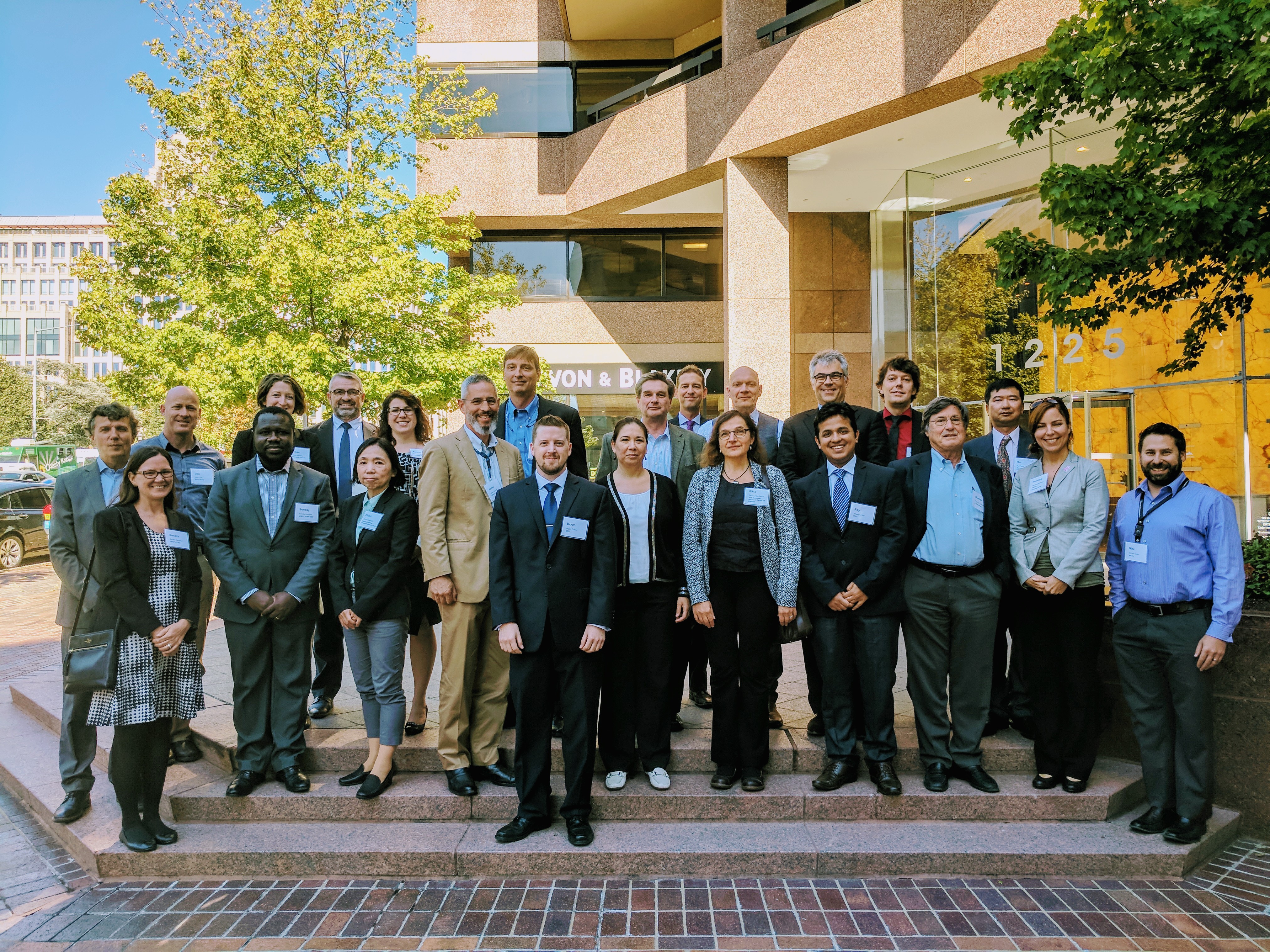Workshop
4th workshop on marine black carbon emissions: Identifying appropriate measurement method(s)
This was the 4th in a series of technical workshop on marine black carbon emissions hosted by the International Council on Clean Transportation in Washington, DC, USA on October 4th and 5th, 2017. This invitation-only workshop convened 23 black carbon experts representing 18 organizations, building on three previous workshops funded by the Climate and Clean Air Coalition. Information on the three previous workshops can be found here, here, and here.
The goal of the workshop was to identify the most appropriate method(s) to measure marine black carbon emissions. Workshop participants agreed that the following qualitative performance criteria should be considered to inform the International Maritime Organization’s Pollution Prevention and Response (PPR) Sub-committee discussions on black carbon measurement1:
- Precise for potential certification/evaluation of control measures
- Accurate, useful for developing BC inventories2
- Reliable/robust for typical marine engines and fuels
- Low system complexity
- Ease of use/practical
- Practical for measuring at the source:
- Test bed
- On-board
- Relevant international standard for marine engines
- Already exists
- Can be established or adapted
- Appropriate dynamic range
- Commercially available/viable
- Vetted and used by BC research community and marine industry
In the end, workshop participants agreed that Filter Smoke Number (FSN), Photoacoustic Spectroscopy (PAS), and Laser Induced Incandescence (LII) were appropriate methods for measuring marine black carbon emissions that PPR could consider at its 5th session in February 2018. The participants also agreed that Multi-Angle Absorption Photometry (MAAP) and Thermal Optical Analysis (TOA) are not appropriate for measuring marine black carbon emissions in the context of ongoing discussions at PPR.
More details on the key themes that emerged from workshop discussions and information on how each method (FSN, PAS, LII, MAAP, and TOA) stacked up against the qualitative performance criteria can be found in the of the Day 2 presentation below.
Attachments

